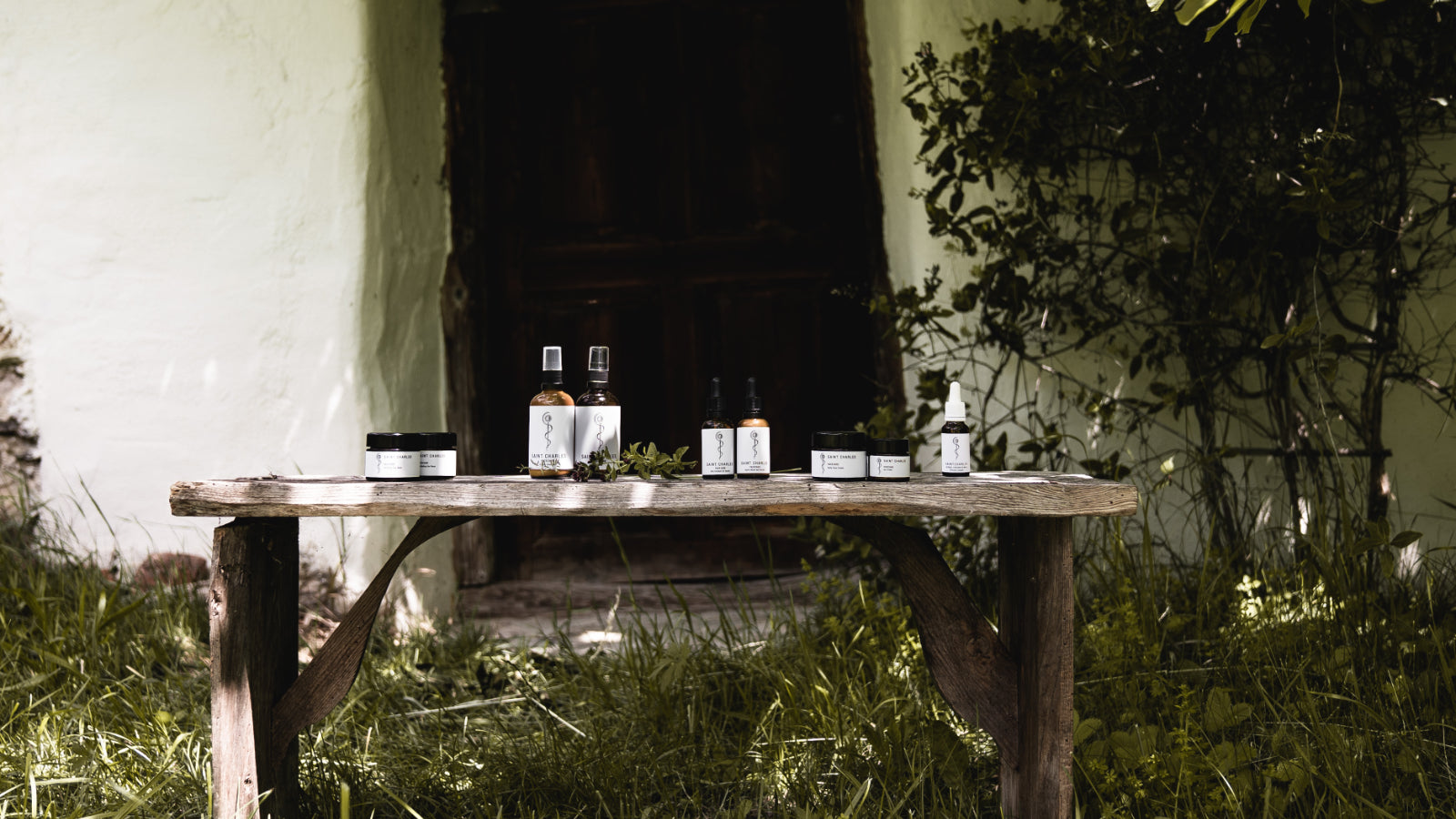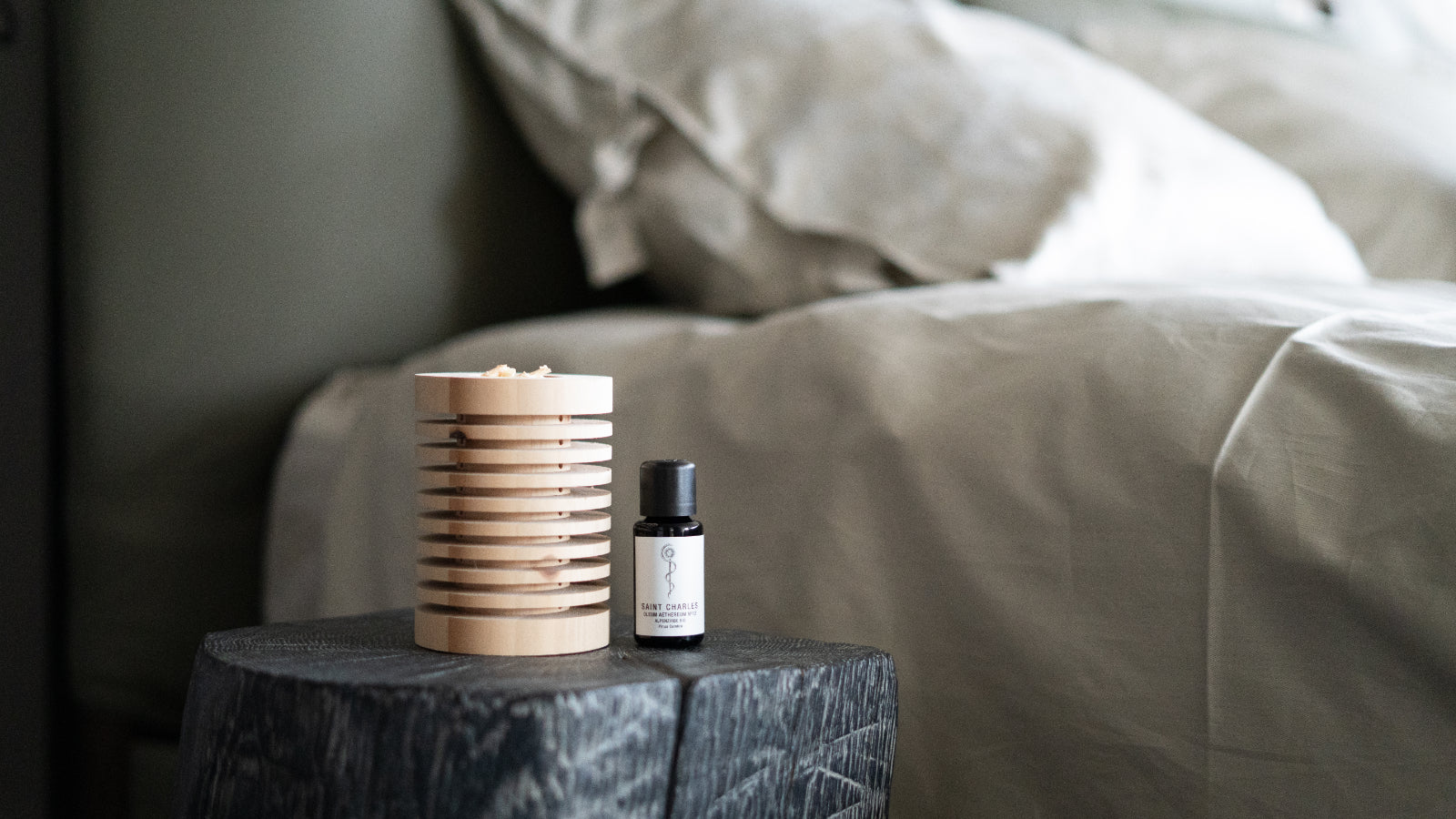Already in the times of the ancient Greeks, the lime tree was considered a tree of healers and a symbol of peace. With its numerous healing ingredients such as flavonoids, tannins, mucilage, saponins, tannic acid, vitamin C, vitamin P and essential oils, it has been able to help with many a complaint. For the linden has a especially diverse, healing bandwidth: from pain relieving rheumatism, migraine, stomach and abdominal pain, blood pressure lowering, calming, sleep-inducing, digestive, diuretic, fever-reducing, soothing cough, anti-inflammatory for sore throat or even preventive to increase the immune defense or as refreshment for hot flashes.
As beneficial as the healing effects on the human organism, they are equally suitable for skin care. Already in the Middle Ages Hildegard von Bingen mentioned in her herbal books linden blossom water as a beauty remedy. Because in the linden blossom is more power than it is believed. We want to take a closer look at the healing effects of linden on the skin.
The healing effect of linden on the skin
Starting in July, the flowers of the linden tree are waiting to be picked. If possible, prefer the leaves of the summer lime to the winter lime, because the up to 15 cm long leaves, have an even stronger concentration of the healing active ingredients. Processed it is then, depending on the area of application to a tincture or similar.
The valuable essential oil of linden, but also the tannins have a antibacterial and antimicrobial effect on the skin. Tannins are also known to have an astringent effect, so they have a slight tightening effect on the skin. They also have wound healing properties. The subtle scent of the essential oil and also the flavonoids have a calming and anti-inflammatory effect and promote blood circulation. All great properties for our skin.
- Externally, linden flowers help, for example, diluted in baths or as a poultice for wounds. Also as a bath additive linden is excellent. A bath in lime blossoms serves to calm as well as increase the immune defense. If in the cold season the skin looks tired and poorly supplied with blood, a compress can work small miracles. It promotes blood circulation and also eliminates one or the other "wrinkles".
- The active ingredient farnesol contained in linden is a component of many deodorants, because it prevents sweat smells unpleasant, so linden is also perfect as a homemade deodorant suitable eg with an oil extract.
- With its cooling effect, linden is also suitable as face tonic or hair rinse. Linden flower infusion is an ancient, effective facial tonic for deep cleansing. It also soothes tense or irritated facial skin, instantly refreshes and refines the complexion. The decoction of the infusion is also suitable as a rinse after washing hair. For blemished skin or pimples additionally helps inhaling an infusion of lime blossom.
- Want to soothe their stressed skin after a sunburn? Here, too, the healing properties of linden are suitable. A cooling poultice with cold linden blossom tea refreshes the heated skin stressed by the sunburn and soothes the burning sensation on the skin. Linden blossom oil also helps with burns, sunburn and inflamed skin. The wonderful scent relaxes and soothes and is a great ingredient in creams and ointments.
- A secret tip is linden leaves to use for the eyes. Because overnight fresh linden leaves unfold their clarifying, cleansing effect, if you put them on the eyes. Thus, they provide a radiant and fresh look. For attachment, a sleeping mask is sufficient.







